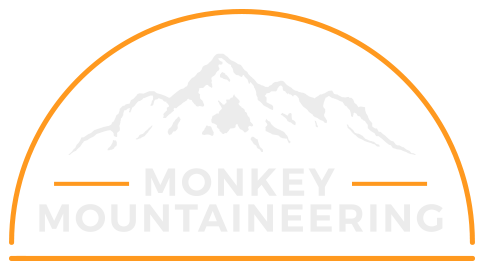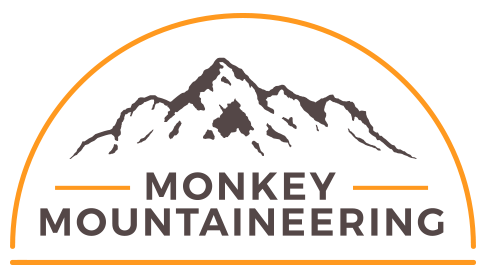The Mountains
Sgurr nan Eag – this is the most southerly munro in the Cuillins.
Sgurr Dubh Mor – a tiny summit about 250m east of the main Cuillin ridge.
Sgurr Alasdair – the highest munro in the Cuillins.
Sgurr Mhic Choinnich – named after John Morton MacKenzie, Britain’s first professional mountain guide.
Inaccessible Pinnacle – an imposing blade of basalt towering over the surrounding gabbro.
Sgurr na Banachdich – one of the easier Munros on the Cuillin ridge.
Sgurr a’Ghreadaidh – great scrambling to the south of An Dorus.
Sgurr a’Mhadaidh – Gaelic for ‘peak of the dog’.
Bruach na Frithe – the only munro on Skye with a trig point at its summit.
Am Basteir – the baptiser, this is another narrow blade of rock similar to the ‘In Pinn’.
Sgurr nan Gillean – the most northerly munro on in the Cuillins.

